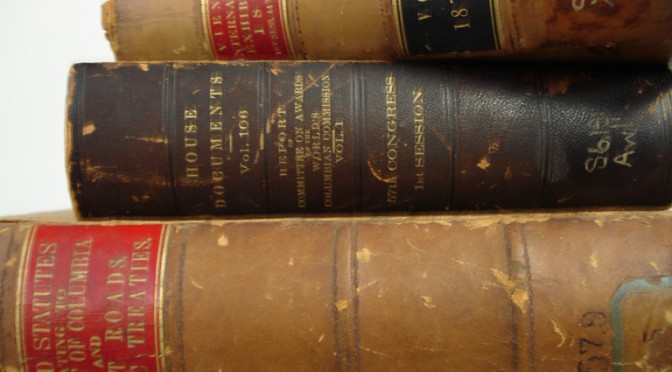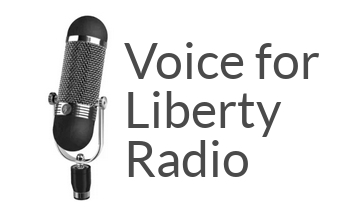Appellate court judges make new law, and Kansas has the most elitist and least democratic supreme court selection system in the country.
What is the substantive difference between these two systems?
A) A state’s chief executive appoints a person to be a judge on the state’s highest court. Then the state’s senate confirms or rejects.
B) A nation’s chief executive appoints a person to be a judge on the nation’s highest court. Then the nation’s senate confirms or rejects.
Perhaps there is a difference that I’m not smart enough to see. I’m open to persuasion. Until then, I agree with KU Law Professor Stephen Ware and his 2007 analysis of the way Kansas selects Supreme Court judges as compared to the other states.1 That analysis concludes that “Kansas is the only state in the union that gives the members of its bar majority control over the selection of state supreme court justices.”
Ware has made other powerful arguments in favor of discarding the system Kansas uses: “In supreme court selection, the bar has more power in Kansas than in any other state. This extraordinary bar power gives Kansas the most elitist and least democratic supreme court selection system in the country. While members of the Kansas bar make several arguments in defense of the extraordinary powers they exercise under this system, these arguments rest on a one-sided view of the role of a judge.”2
Judges, Ware says, make law, and that is a political matter: “Non-lawyers who do not know that judges inevitably make law may believe that the role of a judge consists only of its professional/technical side and, therefore, believe that judges should be selected entirely on their professional competence and ethics and that assessments of these factors are best left to lawyers. In short, a lawyer who omits lawmaking from a published statement about the judicial role is furthering a misimpression that helps empower lawyers at the expense of non-lawyers, in violation of basic democratic equality, the principle of one-person, one-vote.”3

Superficially, it doesn’t seem to make sense for Kansas Democrats to oppose the governor making judicial selections while supporting the President of the United States having the same power. It does make sense, however, when we realize that Kansas Democrats are comfortable with the state’s bar selecting the judicial nominees that the governor may consider. (Which gives truly useful and enjoyable bars a bad name.) Lawyers, especially lawyers that take an active role in politics, tend to be Democrats, and progressive Democrats at that. If the Kansas bar was dominated by constitutional conservatives, would Kansas Democrats feel the same?
I’m not claiming that the motives of conservative Kansas Republicans are pure. Will they change their stance on the desirability of the governor appointing Supreme Court judges if there is a Democratic governor? I don’t know, but I have a suspicion.
Defenders of the current Kansas system claim that the system is based on merit, not politics. To which we must note that this year the Kansas Supreme Court was reversed by the United States Supreme Court. It wasn’t even close, with justices voting eight to zero that the Kansas court was wrong in its application of the law. (The other Supreme Court justice said “I do not believe these cases should ever have been reviewed by the Supreme Court.) If we’re relying on our state’s bar to select competent judges, we’re making a mistake.
- Ware, Stephen J., Selection to the Kansas Supreme Court. Fed-soc.org. Available at: http://www.fed-soc.org/publications/detail/selection-to-the-kansas-supreme-court. ↩
- Ware, Stephen J., The Bar’s Extraordinarily Powerful Role in Selecting the Kansas Supreme Court (September 25, 2009). Kansas Journal of Law & Pubic Policy, Vol. 18, No. 3, p. 392, 2009. Available at SSRN: http://ssrn.com/abstract=1478660. ↩
- Ware, Stephen J., Originalism, Balanced Legal Realism and Judicial Selection: A Case Study (August 3, 2012). Available at SSRN: http://ssrn.com/abstract=2129265. ↩










